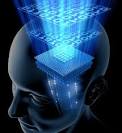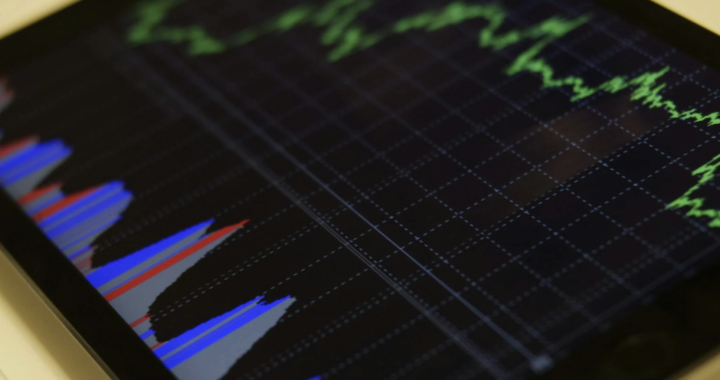Remembering or Memory
4 min read
 Let us think about our earliest memories, if only we are too unusual we shall be able to remember some incident of our age below 3 or 4. Again those remembrances will be broken, and dismal. For most of us the memories of early childhood are frustratingly fragmentary and elusive. Even the great writer Leo Tolstoy could remember only four memories before the age of 5 (Salaman, 1970).
Let us think about our earliest memories, if only we are too unusual we shall be able to remember some incident of our age below 3 or 4. Again those remembrances will be broken, and dismal. For most of us the memories of early childhood are frustratingly fragmentary and elusive. Even the great writer Leo Tolstoy could remember only four memories before the age of 5 (Salaman, 1970).
The first memory will expose the individual’s fundamental view of life. I would never investigate a personality without asking for the first memory (Adler, quoted by Nelson 1982). Memory has to play the most pivotal role in the human behaviour. Whole of learning, perception, intelligence personality and number of behavioral aspects depend upon memory. It is because of its immense significance that research on memory has been going on for about a hundred years, most of it based in the laboratory. Such work provided a good deal of basic information about how memory works.
How our Memory Works:
Now, let us see how we remember and how our memory works. We have to go four steps to remembering. First, we perceive things – by seeing, hearing or becoming aware through any sense. Second we take it to our memory. Third, we leave it, put it away – and are busy in life. Finally, as the fourth step, when we need or stimulation comes, we have to be able to find it and take it put – remember.
Perceiving:
This first step in the memory process is involuntary. What we have, see a’ touch has made an impression on us. Lt might have also involved a deliberate effort to perceive more keenly.
Encoding:
The second step requires encoding whatever we want to remember. Encoding is the process of classifying the information. We require to get information ready for storage by organizing it in same meaningful manner. Coding alphabets into words, coding words into sentences and sentences into ideas is one way. We also encode material by sound and meaning. Only encoded information can remember.
Retrieval:
The fourth, final and crucial step in this sequence is retrieval or getting the remembered information out of the storage – raking out from memory. How comprehensively or thoroughly we prepare our information for memory and store it determines the efficiency with which we retrieve it.
Explanation Models:
There are two most popular models of explanation o( the way these processes of memory take place;
(i) Storage and Transfer Model of memory proposed by Richard Atkinson and Richard Shiffrin (1968,1971), and the
(ii) Levels of Processing Model of Fergus L.M. Craik and Roberst S. Lockhart (1972).
Storage and Transfer Model:
All of us have three different types of memory, according to the explanation ‘by Atkinson and Shiffrin as to how our memory works. The first one being Sensory Memory: material corpse through the senses – our eyes, ears, nose and so on into our Sensory Memory (SM).
The second type is Short Term Memory (STM) in less than a second this information that has just entered SM (Sensory Memory) either disappears or is transferred from Sensory Memory into STM (Short Term Memory). It may stay here up to twenty seconds. If it does not disappear at this stage it moves into LTM (Long Term Memory).
The Third type of memory is LTM (Long Term Memory) where the stored information may remain for the rest of whole of our life.
Level of Processing Model:
This model it presented by Lockhart and Craik. It is the second model of explanation of how the memory works. Craik and Lockhart have disagreed to the concept of three kinds or divisions of memory (SM, STM and LTM). Their model identifies only one kind of memory and hold that the ability to remember is dependent on how deeply we process the information. The information (material) is processed along a continuum of ever increasing depth, on levels that range from shallow to deep. The deeper we process the longer the memory lasts. This concept of memory sees it as more of an active than a reactive process.
The performance of memory is a direct result of the learner’s mental activity. The shallowest level of processing1 in this model involves our awareness of a sensory feature. What does a figure, a word, a number or a sound look like – how does a food smell or taste like and so on. We recognize some kind of pattern in our sensory impression and process it more deeply. While making an association i.e. giving a personal meaning to our impression will be at the deepest Level of processing of all. This is the kind that will form the strongest and most durable memory trace. In a study by Craik and Tulving (1975) the subject was asked to look at a number of different words. Was the word in capital letters, whether it rhymed with a specific sound or fits into a given category etc.
Here is Liza John from Test4prep . Have you really looked for this test4prep Assistance? Step forward to take the benefit of 70-331 and pass your exam easily.





